PM360 asked experts in social media to address key issues marketers should know about in 2018:
- How will social media marketing be different in 2018 compared to what marketers have been doing?
- What new social media platforms do marketers now need to be aware of? How are they different from platforms marketers are already familiar with and how should marketers be using them?
- How do marketers choose which platforms are best for their brand?
- How should marketers be measuring success in social media in 2018?
 Back when the social platforms were first growing, Facebook led the way in metrics by moving its focus from registered users to monthly active users. The rest of the industry had to follow their lead to be considered relevant. Now, the social giant is in the middle of another push: Moving from content volume to content quality and they are taking it very seriously. The “race to quality” will define 2018 for the social platforms and marketers need to be ready to respond when they institute new rules around what can be posted and promoted.
Back when the social platforms were first growing, Facebook led the way in metrics by moving its focus from registered users to monthly active users. The rest of the industry had to follow their lead to be considered relevant. Now, the social giant is in the middle of another push: Moving from content volume to content quality and they are taking it very seriously. The “race to quality” will define 2018 for the social platforms and marketers need to be ready to respond when they institute new rules around what can be posted and promoted.
Pharma marketers sometimes think that their stories can’t be compelling because of FDA regulatory limitations, but nothing could be further from the truth. All the evidence suggests that Americans are interested in health information online and are willing to engage on these topics.
Marketers need to review their activities for 2018, subject each message to a quality review, and ask themselves: Would a patient find this important? Could a caregiver benefit from it? Would an advocate share it? More and more, we will see results hinging on quality rather than reach.
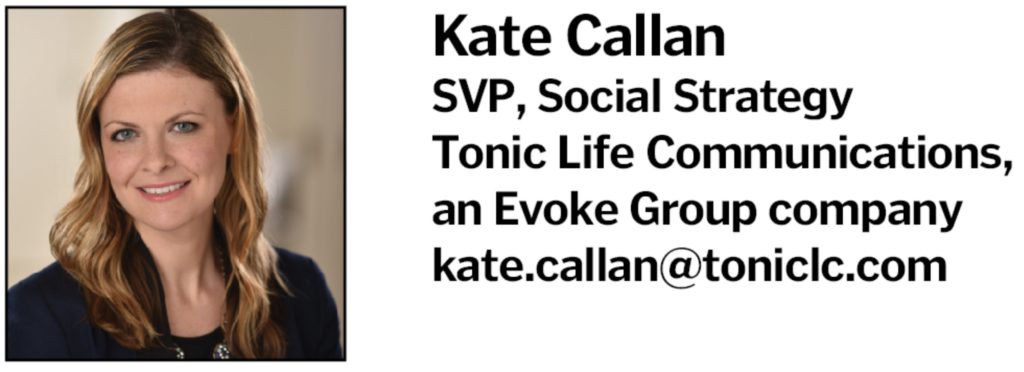 In 2018, social media marketers will be able to tell a more complete story on the platform known for brevity—Twitter. The 280-character extension will give those of us in healthcare more flexibility to tweet about brands while having additional leeway for appropriate benefit/risk information. The recent addition of “threads” will allow marketers to tell a story through several tweets strung together—almost like a mini blog post.
In 2018, social media marketers will be able to tell a more complete story on the platform known for brevity—Twitter. The 280-character extension will give those of us in healthcare more flexibility to tweet about brands while having additional leeway for appropriate benefit/risk information. The recent addition of “threads” will allow marketers to tell a story through several tweets strung together—almost like a mini blog post.
Ephemeral content grew in 2017 as Instagram placed a strong focus on Stories, launching several changes throughout the year to make them more engaging and prominent on Instagram.
The popularity of Stories reflects a desire for more authenticity in social—allowing brands to show behind the scenes and go beyond the highly polished images you see in feed. Less produced content often seen in Stories feels more real and can be easy and fast to create.
For marketers unsure of the 24-hour limitations, keep in mind that Instagram launched Highlights towards the end of 2017, which allows users to create archived Stories that live on their profile pages. This is a great way to feature your best content beyond the initial 24 hours.
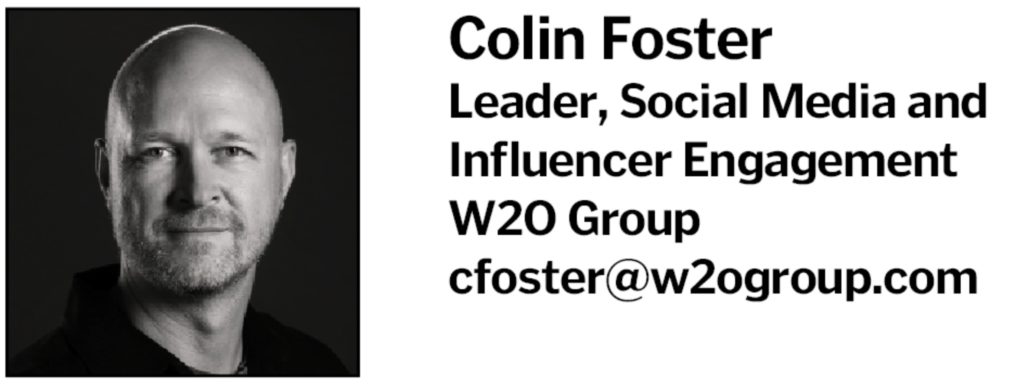 Yes, Twitter increased its character limit and ephemeral content is de rigueur, but these subtle shifts will be pushed aside in the wake of “fake news,” Russian trolls, and a continued lack of transparency around social advertising—forcing the platforms into the hot seat in 2018. Until now, marketers have looked past these concerns, attracted by the sheer magnitude of target audiences, but this will be put to the test as reputations sink under the pressure of consumer companies (e.g., P&G, Unilever), and the scrutiny of the media and politicians. As the conversation boils over, it could eventually impact users’ trust, engagement, and—ultimately—marketers’ willingness to invest.
Yes, Twitter increased its character limit and ephemeral content is de rigueur, but these subtle shifts will be pushed aside in the wake of “fake news,” Russian trolls, and a continued lack of transparency around social advertising—forcing the platforms into the hot seat in 2018. Until now, marketers have looked past these concerns, attracted by the sheer magnitude of target audiences, but this will be put to the test as reputations sink under the pressure of consumer companies (e.g., P&G, Unilever), and the scrutiny of the media and politicians. As the conversation boils over, it could eventually impact users’ trust, engagement, and—ultimately—marketers’ willingness to invest.
However, breakdowns often lead to breakthroughs and as marketers figure out that social advertising is not about audience volume, but rather audience precision, they may not be willing to pull the plug so fast after all. But that will happen only if the platforms open up their black boxes so we can peer inside to see what’s really working.
The reality is that social media is just a teenager in the media landscape. Let’s hope the platforms evolve into adulthood this year with some early wisdom to shore up their reputations and keep growing.
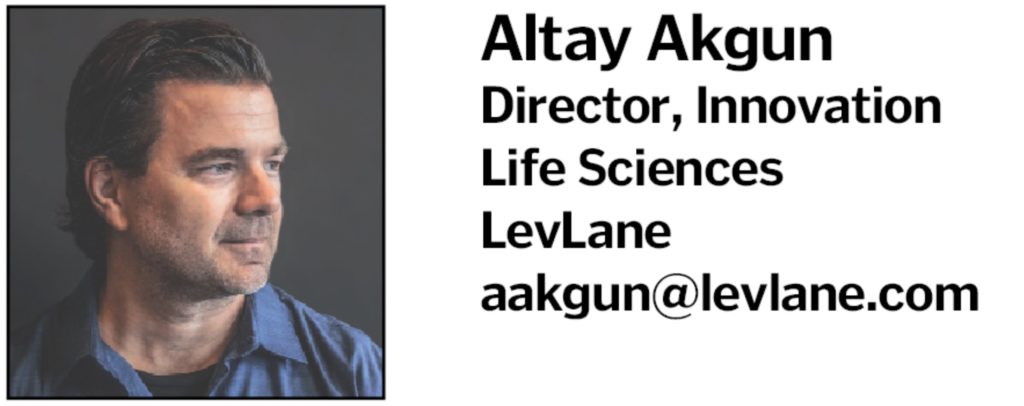 Everything is social now. Expand your definition of social to include dating apps, ad-supported gaming communities, and anywhere else your customers are talking. That’s a good start.
Everything is social now. Expand your definition of social to include dating apps, ad-supported gaming communities, and anywhere else your customers are talking. That’s a good start.
And take a look at how established players are changing. Instagram isn’t the same platform it was a year and a half ago—it’s more robust and users spend more time there. Now take a look at the parent company: Facebook is kind of a rolling dumpster fire these days. Do you want to be there? Probably not if your audience is 25-year-olds. Don’t let the sheer size of that platform dazzle you; take a hard look at it, and understand how it’s used and how it’s perceived before you jump.
As far as “new” platforms, look at messaging apps. Snapchat and Messenger, of course, but also WhatsApp, Kik, and other services with growing user bases. And don’t write off Google Hangouts. Anyone with a Google account can participate in these.
For instance, think about how a smaller presentation can help your audience—maybe a virtual symposium with a big-name doc? Audiences large and small can be reached in so many ways via social media these days—a big tent approach will go a long way toward successful communications programs.
 Successful social platforms are in tune with their audiences and provide updates and new features on a fairly regular basis to improve the user experience. As marketers, we need to create content that aligns with those new verticals.
Successful social platforms are in tune with their audiences and provide updates and new features on a fairly regular basis to improve the user experience. As marketers, we need to create content that aligns with those new verticals.
Augmented reality is projected in 2018 to (finally) become a contender as a computing platform that will have a formidable social impact. It has the backing of social and technology behemoths (Google, Facebook, Snap, Apple, Microsoft), who are all providing developer toolkits to create apps for augmented reality. All signs point toward a future focus on consumers’ field of vision.
In 2017, more than 80% of consumers indicated that they prefer watching a live video from a brand over written social media updates or reading a blog, and live-streaming video events within social platforms had a very big year! Armed with the learning experiences of 2017—what worked and what didn’t—this trend is expected to continue and become a mainstream source of engagement on social platforms in 2018.
 Social media is about making connections that resonate and engage. Explore these new social media features and see all the ways to tell the brand story.
Social media is about making connections that resonate and engage. Explore these new social media features and see all the ways to tell the brand story.
Instagram Stories: Use Instagram to support patient advocacy and patient stories. Use Stories to create a more informal connection with your patient ambassadors. Include links back to enhanced content on branded or unbranded properties or a Facebook presence.
Snapchat Augmented Reality: Help HCPs understand the patient condition and patient identification—what does it feel like to have a migraine or ADHD? Snapchat also has so much potential for location-focused activities such as conventions and advocacy meetings.
Chatbots: Chatbots offer patients and caregivers the opportunity to speak in their own words, as well as better understand and take ownership of a disease state or treatment. To meet regulatory needs, pharma clients will most likely need to use a hybrid form of chatbots, one that is not a total AI solution but rather based on predetermined guidelines and messages.
A hybrid version of a chatbot can still expand and engage on disease symptoms or allow for the development of a patient-focused doctor discussion guide for a better HCP exchange and outcomes.
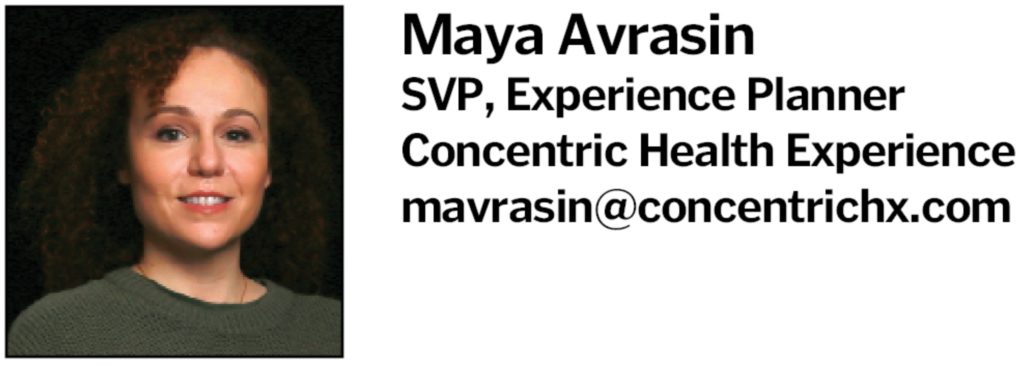 For pharmaceutical brands, it helps to personify social media platforms to better understand how and when to use certain tools. There are the “conversationalists” that brands can use to connect like-minded HCPs and patient advocacy groups together in a closed setting. For example, closed LinkedIn groups and private pages on social messaging platforms such as SERMO can facilitate productive conversations about science, research, and patient care. Because of the private environment, users feel more comfortable sharing ideas, white papers, and research with their colleagues.
For pharmaceutical brands, it helps to personify social media platforms to better understand how and when to use certain tools. There are the “conversationalists” that brands can use to connect like-minded HCPs and patient advocacy groups together in a closed setting. For example, closed LinkedIn groups and private pages on social messaging platforms such as SERMO can facilitate productive conversations about science, research, and patient care. Because of the private environment, users feel more comfortable sharing ideas, white papers, and research with their colleagues.
These conversations can provide fodder for the creation of content that can be pushed out via the “amplifiers” (such as Twitter) to HCPs, media, and consumers. Brands can continue to amplify their messages using techniques alternative to the tweet—such as live-streaming events or partnering with social media influencers.
Social media doesn’t exist in a vacuum. After brands tap into conversationalists and push out their message via amplifiers, they can close the communication loop with “aggregators.” Aggregators curate tools that help brands join in on similar-minded conversations with other members of the community. For example, Juicer.io helps brands gather hashtags and handles into one feed that they can then embed on their websites to engage with their users—whether they’re HCPs or patients.
 The age and gender of a brand’s target audience has a lot to do with where patients speak about their conditions. User data shows that women in their late 20s through 30s—both patients and caregivers in any given disease state—like to use Facebook. Men and the elderly like using anonymous forums to discuss details of their disease. Patients in their teens and early 20s will likely be on Facebook, but also consume content elsewhere on platforms such as YouTube, Instagram, and Tumblr.
The age and gender of a brand’s target audience has a lot to do with where patients speak about their conditions. User data shows that women in their late 20s through 30s—both patients and caregivers in any given disease state—like to use Facebook. Men and the elderly like using anonymous forums to discuss details of their disease. Patients in their teens and early 20s will likely be on Facebook, but also consume content elsewhere on platforms such as YouTube, Instagram, and Tumblr.
Don’t forget blogs. Blogs are especially popular among women, but are loved by nearly all patients from mid-20s and older. They may be considered “old tech,” but patient blogs are an essential part of any disease community.
The specific goals of all relevant patient decision-makers in the disease area must also be accounted for to understand each platform’s usage against brand metrics. A little searching on Google, Facebook, Twitter, YouTube, etc. can quickly identify where conversations are most robust, as well as the overall nature of those exchanges. From that research, a strategy for engaging with each audience on their preferred platforms can be crafted.
 In 2018, now more than ever, marketers need clarity of consumer and professional behaviors first, and what platforms support that behavior second, instead of thinking that the latest platform or function offers a singular solution to this increasingly fractured world. People are quickly adapting to any method, including paying platforms to block, skip, and avoid ads. This year, brands need to adapt both in the content they create and how they staff the right skillsets to make the transition from advertising to content marketing that creates online conversation.
In 2018, now more than ever, marketers need clarity of consumer and professional behaviors first, and what platforms support that behavior second, instead of thinking that the latest platform or function offers a singular solution to this increasingly fractured world. People are quickly adapting to any method, including paying platforms to block, skip, and avoid ads. This year, brands need to adapt both in the content they create and how they staff the right skillsets to make the transition from advertising to content marketing that creates online conversation.
More than merely targeting and messaging, marketers are also seeing an increasingly important landscape among workflow and intelligence tools—and how to build a suite that helps them get a better perspective.
An insight-driven backbone needs to be in place that gives marketers clearer paths to select investments based on which platforms and functions deliver best on their purpose, the people who are making decisions that matter, and the behaviors that can be performed in the moments they are making that choice.
 Social media success has routinely been based in quantitative engagement, but within the heavily regulated pharma industry, increasing conversations between brands and patients simply to increase metrics isn’t responsible. Social listening (utilized within online patient communities or existing social media platform patient groups) currently unveils an unadulterated two-way dialog between patients and an opportunity for healthcare professionals and pharma companies to glean qualitative insight. However, resulting action plans will become more multifaceted as we are introduced to greater analytics capabilities.
Social media success has routinely been based in quantitative engagement, but within the heavily regulated pharma industry, increasing conversations between brands and patients simply to increase metrics isn’t responsible. Social listening (utilized within online patient communities or existing social media platform patient groups) currently unveils an unadulterated two-way dialog between patients and an opportunity for healthcare professionals and pharma companies to glean qualitative insight. However, resulting action plans will become more multifaceted as we are introduced to greater analytics capabilities.
Consumer feedback is already pivotal for a communications strategy (e.g., what aspects of a treatment are resonating and what vernacular do patients use to describe the problems a treatment solves). But by layering it along with quantifying the tone and volume of those narratives, we could also frame outcome measurement and even outcome projection modeling, impacting decisions at the administration and development levels—not just the advertising ones.
 Likes, retweets, shares, comments, clicks, and views do not make success. Sure, all those things can help measure awareness, engagement, and traffic, but unless they align with your business goals and objectives they are just numbers. Brands need a plan and it needs to be more than self-serving promotion. Understanding customers’ needs, providing consistency with messaging, and allowing two-way engagement will help to build brand loyalty and ultimately lead to success.
Likes, retweets, shares, comments, clicks, and views do not make success. Sure, all those things can help measure awareness, engagement, and traffic, but unless they align with your business goals and objectives they are just numbers. Brands need a plan and it needs to be more than self-serving promotion. Understanding customers’ needs, providing consistency with messaging, and allowing two-way engagement will help to build brand loyalty and ultimately lead to success.
To understand what success looks like, you need to match the right metrics, from the right social channels that align with your goals. Do you want to build awareness? Then metrics such as volume, amplification, reach, and exposure can show how far your message is spreading. Do you want to increase share of voice? Measure the conversation around your brand versus those of your competitors.
As new trends in social media emerge and take traction, the new measure of success will be how well a brand can leverage these trends and how their customers react to and engage with their content. Ephemeral content will play a big role in a successful metric shift, along with augmented reality, chatbots, and video continuing to rise.
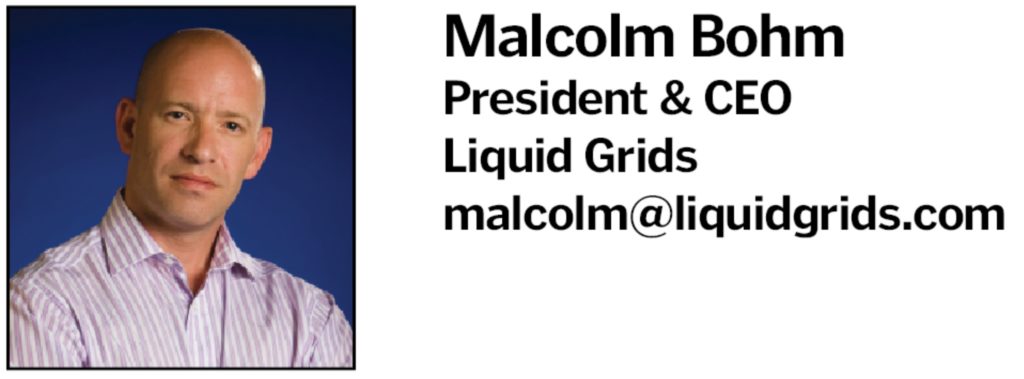 In 2017, we saw a lot more adoption of social media, especially unbranded tactics. However, much of this was still just test and learn pilots with soft, qualitative metrics. In 2018, we will see more direct attribution models mature that move beyond qualitative to more quantitative conversion metrics.
In 2017, we saw a lot more adoption of social media, especially unbranded tactics. However, much of this was still just test and learn pilots with soft, qualitative metrics. In 2018, we will see more direct attribution models mature that move beyond qualitative to more quantitative conversion metrics.
Social media plays an important part of awareness, education, and support along the patient journey and stimulates other online activities such as search. In 2018, we should be measuring the impacts of social in search patterns and vice versa.
As people interact and learn about opportunities on social they will search with greater purpose and intent. Equally, as people encounter opportunities in search they will often turn to social media for other people’s experiences. Measuring social media success should be qualitative, quantitative, and attributable across channels all the way to the offline conversion.







